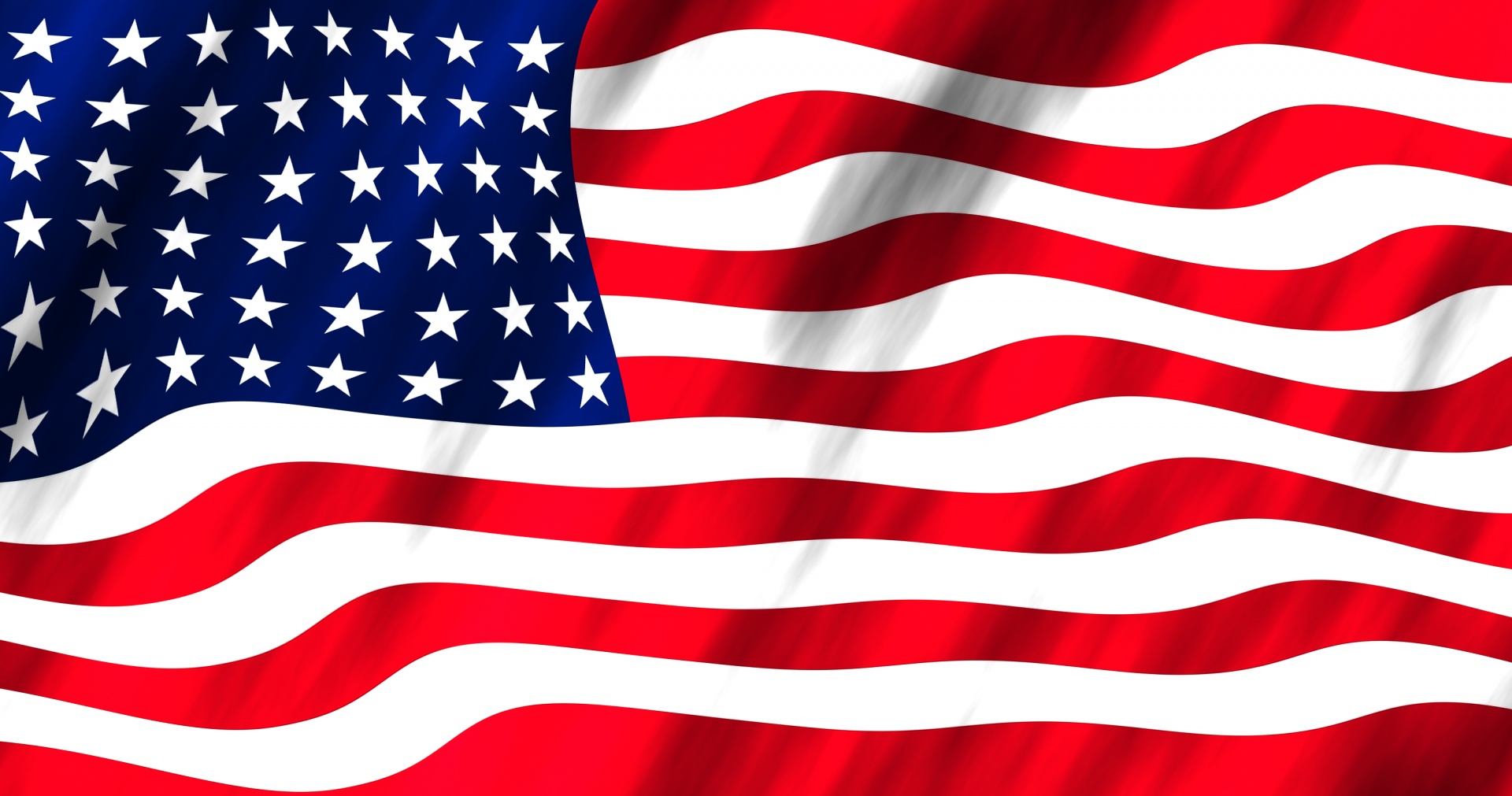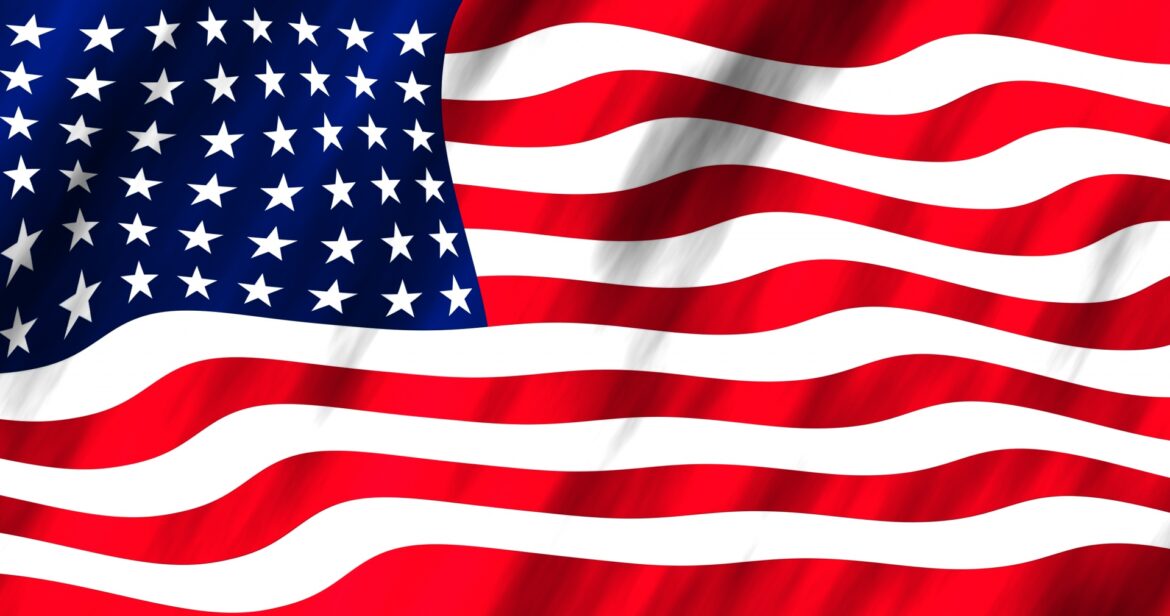-
play_arrow
WTSG Digital Broadcasting WTSG RADIO NETWORK
Celebrating Flag Day: Honoring the Stars and Stripes on Friday, June 14th, 2024


Flag Day in the United States commemorates the adoption of the American flag, an event steeped in historical significance. The origins of Flag Day can be traced back to June 14, 1777, when the Second Continental Congress resolved, “that the flag of the thirteen United States be thirteen stripes, alternate red and white; that the union be thirteen stars, white in a blue field, representing a new constellation.” This resolution marked the birth of the American flag, symbolizing the unity and independence of the fledgling nation.
Over a century later, Bernard J. Cigrand, a schoolteacher from Waubeka, Wisconsin, emerged as a pivotal figure in the campaign to establish a national Flag Day. Cigrand’s passion for the American flag led him to propose the annual observance of June 14th as Flag Day. He delivered numerous speeches and wrote extensively to promote the idea, earning him the title of the ‘Father of Flag Day.’ His relentless advocacy played a crucial role in embedding the significance of the flag into the American consciousness.
The formal acknowledgment of Flag Day took a significant step forward when President Woodrow Wilson issued a proclamation on May 30, 1916, calling for a nationwide observance of the day. This proclamation underscored the importance of honoring the flag as a symbol of the nation’s ideals and sacrifices. However, it wasn’t until August 3, 1949, that Congress officially designated June 14th as National Flag Day, through an Act of Congress signed into law by President Harry S. Truman. This legislative act solidified Flag Day as a recognized holiday, ensuring its annual celebration across the country.
Today, Flag Day serves not only as a remembrance of the historical adoption of the American flag but also as a tribute to the values it embodies. It is a day for citizens to reflect on the country’s heritage and the enduring principles of freedom, justice, and equality that the flag represents. As we honor the Stars and Stripes on June 14th, we pay homage to the enduring legacy of the American flag and its profound significance in the nation’s history.
Symbolism of the Stars and Stripes
The American flag, commonly known as the Stars and Stripes, is imbued with profound symbolism that reflects the nation’s history and values. The flag’s design elements are not arbitrary but are steeped in meaning that pays homage to the country’s origins and ideals. The 13 stripes on the flag, alternating red and white, represent the original thirteen colonies that declared independence from British rule. These colonies laid the foundation for what would become the United States of America, and their representation on the flag serves as a reminder of the nation’s birth and early struggles for freedom.
Complementing the stripes are the 50 stars on the flag’s blue field, symbolizing the 50 states that constitute the United States today. Each star holds equal significance, representing unity and equality among the states within the federation. This constellation of stars can be seen as a metaphor for the American motto “E Pluribus Unum,” which means “Out of many, one,” emphasizing the unity that underpins the nation’s diverse and widespread populace.
The colors of the American flag also carry deep symbolic meanings. Red signifies valor and bravery, reflecting the courage and sacrifice of those who have fought to defend the nation. White stands for purity and innocence, symbolizing the country’s ideals and aspirations for a just society. Blue denotes vigilance, perseverance, and justice, embodying the enduring spirit and resilience of the American people. Together, these colors form a visual narrative of the values that the nation strives to uphold.
Throughout American history, these symbols have been revered and interpreted in various ways. The flag has become a powerful emblem of national pride and identity, a rallying point in times of conflict and a symbol of hope and unity in moments of triumph. Its presence at civic events, national holidays, and patriotic ceremonies underscores its enduring significance as a representation of the American spirit.
Ways to Celebrate Flag Day
Flag Day, observed on June 14th, is a significant occasion to honor the American flag and reflect on its history and symbolism. Communities across the nation come together to celebrate with various events and activities that foster a sense of patriotism and unity. One of the most popular ways to commemorate Flag Day is by attending or participating in local parades. These vibrant processions often feature marching bands, veterans’ groups, and community organizations, providing a lively and festive atmosphere.
Flag-raising ceremonies are another traditional way to celebrate Flag Day. These events, often held at government buildings, schools, and public parks, offer an opportunity for citizens to come together and witness the hoisting of the American flag. Patriotic concerts are also common, with performances by local choirs, orchestras, or military bands, creating an environment filled with national pride and music that honors the heritage of the United States.
For individuals and families, displaying the American flag at home is a simple yet powerful way to observe Flag Day. This can be complemented by organizing educational activities for children, such as storytelling sessions about the flag’s history, arts and crafts projects, or even visiting a local museum that features exhibits on American history. Engaging in such activities helps instill a sense of respect and understanding of the flag’s significance in younger generations.
Participating in local commemorations and community events can also enhance the observance of Flag Day. These gatherings provide a platform for sharing experiences, fostering community spirit, and recognizing the contributions of those who have served the nation. Moreover, proper flag etiquette is essential in all celebrations. This includes displaying the flag correctly, ensuring it is not damaged or soiled, and following guidelines for respectful handling, such as never letting it touch the ground and folding it properly when storing.
By embracing these traditions and activities, Americans can meaningfully honor Flag Day and the enduring symbol of the Stars and Stripes. Whether through community events, family observances, or individual acts of respect, the celebration of Flag Day serves as a reminder of the values and history that the American flag represents.
Flag Day Across the United States
Flag Day, celebrated on June 14th, holds a special place in the hearts of Americans as they come together to honor the Stars and Stripes. Across the United States, different regions and states mark this day with a variety of unique customs and traditions, reflecting the diverse ways in which communities pay homage to their national symbol.
One of the most notable Flag Day events takes place in Quincy, Massachusetts, home to the longest-running Flag Day parade in the nation. This annual parade, which began in 1952, features a vibrant display of patriotism with marching bands, veterans’ groups, and community organizations all participating. The streets of Quincy are adorned with American flags, and the air is filled with the sound of patriotic songs, creating an atmosphere of unity and pride.
Another significant celebration occurs in Waubeka, Wisconsin, the birthplace of Flag Day. It was here that Bernard J. Cigrand, a local teacher, first proposed the idea of a national Flag Day in 1885. Waubeka honors this legacy with a variety of events, including a grand parade, historical reenactments, and educational programs. The community gathers at the National Flag Day Foundation’s Americanism Center to commemorate Cigrand’s contribution and to reflect on the enduring significance of the American flag.
Across the nation, smaller communities also engage in their own Flag Day traditions. From flag-raising ceremonies in town squares to educational activities in schools, these local celebrations emphasize the importance of community involvement. Residents come together, often dressed in red, white, and blue, to participate in activities such as picnics, concerts, and firework displays. These events foster a sense of belonging and reinforce shared heritage and values.
Flag Day serves as a reminder of the unifying spirit that the American flag embodies. It brings together people of all ages and backgrounds to celebrate their collective identity and to honor the principles of freedom and democracy that the flag represents. Through these diverse regional celebrations, Flag Day continues to inspire patriotism and community spirit across the United States.
Written by: WTSG Digital Broadcasting
American History National Holidays Patriotism
© 2025 WTSG Digital Broadcasting


Post comments (0)